Trends in Software Test Automation
Cloud-based Testing:
In the coming years, cloud infrastructure testing will be critical, and most businesses will welcome it. Cloud infrastructure testing has grown significantly in the Covid era, implying that testing may be done in a remote environment without a large fleet of on-premises hardware or virtual machines. According to Gartner, worldwide end-user spending on public cloud services is predicted to increase 19.6% in 2022, reaching $397.5 billion, up from $332.3 billion in 2021.
Low-Code Automation:
Automation testing will evolve alongside codeless testing and become the most popular option. The codeless testing market is currently valued at $1.5 billion, according to Future Market Insights, with demand predicted to grow at a CAGR of 15.5 percent between 2021 and 2031. Codeless automation allows testers with no or no programming experience to quickly and simply develop test scripts without writing a single line of code.
Integration with CI/CD tools:
Continuous integration and continuous delivery (CI/CD) pipelines enable the continuous push of repetitive code changes to development, testing, and deployment, ensuring a constant flow of new features and problem fixes via the most efficient delivery method. Integration with CI/CD systems allows you to keep up with the flow of integrations and deployments on a regular basis, resulting in a high return on investment.
Data-driven test automation:
It is critical for product development to be able to add, delete, and edit datasets. Writing test scripts for such big datasets, on the other hand, is a time-consuming and exhausting effort. In this case, data-driven testing emerges as a rescuer, helping testers to manage massive amounts of data in tables. It also enables testers to design test scripts with reusable components that may be run indefinitely with different data sources.
API testing tools:
API testing is a critical component of automated testing. It is a type of integration testing that looks at an application’s programming interface or business logic layer. It discovers the fault before it has a chance to affect the GUI, saving the firm both time and money. As a result, API automation testing is expected to grow in popularity in the future years.
Cross-Browser Testing:
When it comes to testing a website on numerous browsers, browser versions, operating systems, devices, and so on, cross-browser testing is the most agonizing aspect for any tester. The test automation tool can then tackle cross-browser compatibility concerns and provide a better user experience.
Mobile Test Automation:
The mobile market is huge and growing at a quick pace. For most firms, mobile apps represent the lifeblood of their operations. As a result, it’s critical that the app load quickly and deliver a great user experience and performance. A tester must successfully test every OS version, device, and combination to do this, which is a difficult undertaking.
Desktop Automation:
Many applications are now web or mobile-based, which has changed the software testing business throughout the years. Despite this, desktop test automation is essential because few businesses rely solely on desktop apps to conduct their most vital business tasks. You may use desktop test automation to create, manage, and run automated tests on a variety of platforms, such as WinForms, WPF, Windows Universal Applications, Win32, and so on.
Migration:
In the testing community, Selenium is a well-known automated testing tool. Selenium’s lengthy integration process and extensive programming expertise requirements, on the other hand, are major hurdles for testing teams. With all of these issues, there’s a risk that existing Selenium Test suites may be lost as a result of the switch to a codeless automation platform.
End-to-end testing:
End-to-end testing verifies that a program functions as intended from start to finish, from the front end to the back end, and that its integration with external interfaces is valid. End-to-end test automation for Web, Mobile, Web Services, Regression, Cross-browser, and Database Testing is possible using codeless test automation solutions.


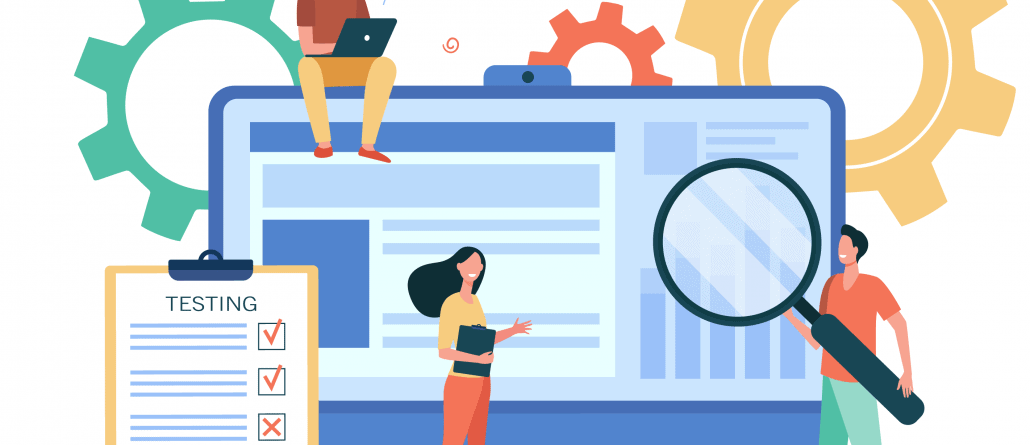

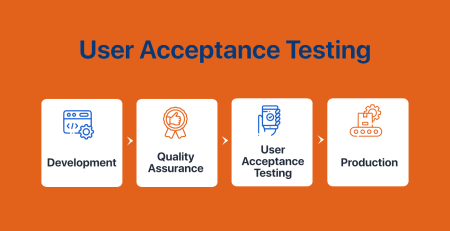


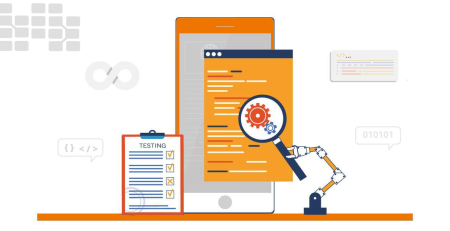
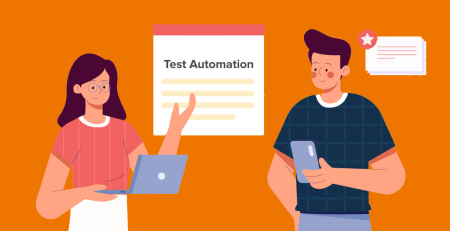
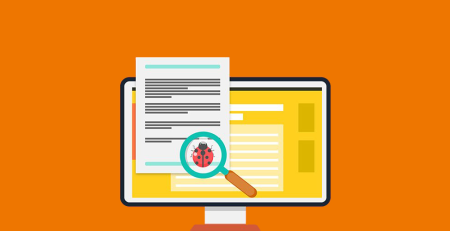



Leave a Reply